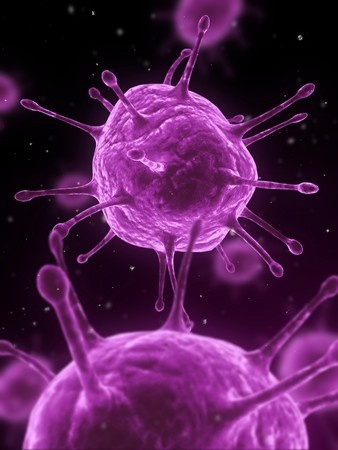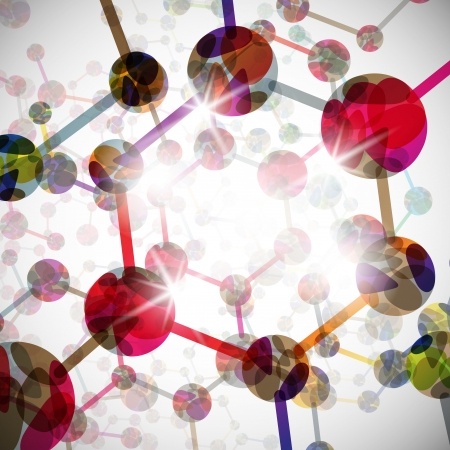This regular feature of STAOblog brings you a sampling of the latest science news that would be of particular interest to your students. Incorporate these stories into your lesson. Or, use them as a “cool attention-grabber” at the start of class. Above all, enjoy the discussion and get your kids excited about science! “SciNews” is published every Monday and Thursday.
Share your favourite SciNews “gems” by emailing them to staoblog@stao.org.
How you use scinews in your class? Share your tips using the comment button.
 Biology
Biology
Here Are The Next GMOs That Could End Up On Your Plate. World Science Festival.
Currently, the list of genetically modified organisms that could end up at your dinner table (assuming you live in the U.S.) is limited to corn, soybeans, squash, canola oil, sugar beets and papayas—and, indirectly, through meat from livestock that have eaten GM corn, soybeans, or alfalfa. While it’s hard to speak definitively about every single GMO that has already been made or ever will be made, more than 1,700 peer-reviewed safety studies have found that GMO crops are no more or less risky than non-GMO crops. “The scientific research conducted so far has not detected any significant hazards directly connected with the use of genetically engineered crops,” a group of Italian researchers wrote in a review of 10 years of studies on GMOs published this past March. Read more…
Snake moms-to-be crave toxic toads. Science News.
Female tiger keelback snakes seek out toxic toads to eat when breeding, researchers report November 12 in Proceedings of the Royal Society B. A taste for toxins may arm their young, keeping them safe until they can hunt for their own defenses. Read more…
 Chemistry
Chemistry
Chemists develop porous molecules that bind greenhouse gases. Science Daily
A team of University of Houston (UH) chemistry researchers have developed a molecule that assembles spontaneously into a lightweight structure with microscopic pores capable of binding large quantities of several potent greenhouse gases. “Greenhouse gases, such a carbon dioxide, have received much attention lately because of their potential to dramatically affect Earth’s climate, primarily the temperature of the planet,” said Ognjen Miljanić, a UH associate professor of chemistry and leader of the team. Read more…
Oil from BP spill may be sitting on seafloor
More than four years after the Deepwater Horizon disaster in the Gulf of Mexico, scientists find that oil is still lingering over a large area on the seafloor. Science News. Read more…
 Physics
Physics
Detecting a single proton
A proton may be incredibly small, but the subatomic size of this particle makes it ideal for researchers trying to peer into the nano-world. Scientists have just built a tiny magnetic-resonance-imaging detector out of diamond. It has now scanned a single proton. It detected that proton, even though it could not actually make an image of it. One day, such a device might make it possible to “see” far bigger — but still quite tiny — biological features, such as viruses and proteins. Science News for Students. Read more…
Magnets in helmets might make football safer. ScienceNews.
Adding magnets to football helmets could reduce the risk of concussions, new research suggests. When two players collide, the magnets in their helmets would repel each other, reducing the force of the collision. Read more…
 Earth and Space Science
Earth and Space Science
Rosetta comet mission: No communication from Philae lander. CBC News
The pioneering lander Philae completed its primary mission of exploring the comet’s surface and returned plenty of data before depleted batteries forced it to go silent, the European Space Agency said Saturday.
“All of our instruments could be operated and now it’s time to see what we got,” ESA’s blog quoted lander manager Stephan Ulamec as saying.
Since landing Wednesday on comet 67P/Churyumov-Gerasimenko some 500 million kilometres away, the lander has performed a series of scientific tests and sent reams of data, including photos, back to Earth. Read more…
Global warming not just a blanket: In the long run, it’s more like tanning oil. Science Daily
Instead of carbon dioxide being like a blanket that slowly warms the planet, after about a decade most warming comes from melting ice and snow and a more moist atmosphere, which both cause Earth to absorb more shortwave radiation from the sun. Science Daily. Read more…




